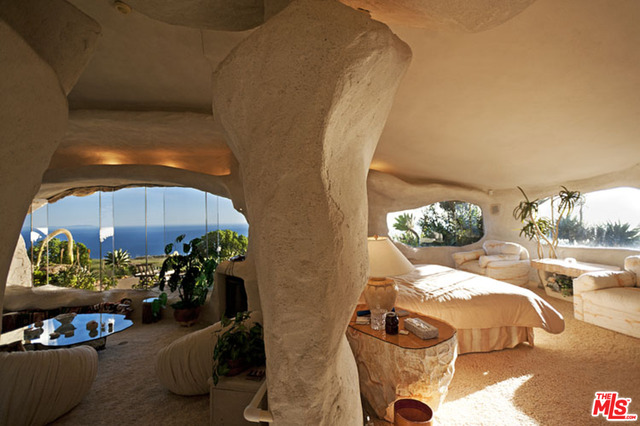
Greece's new role as Europe's
impoverished debt slaves has serious implications for archaeology and museums. In 2010, 10% of staff at the Ministry of Culture were laid off, followed by a 35% cut in wages in archaeological service in late 2011. A new hire now makes just €670 ($900) a month after taxes. On top of this, the parliament this week is proposing further cuts of 30-50% across the Ministry of Culture. Cuts in things like museum security have consequences: last month armed robbers
stole over 60 artifacts from the museum at Olympia, and we can expect such things to become more common as the whole country descends further into poverty.
On Wednesday the Greek Association of Archaeologists
launched an appeal for support in the face of these draconian cuts:
If monuments had a voice of their own, they would tell us what has been going on in Greece in the past two years. In the name of the global economic crisis and with the IMF acting as a Trojan Horse, austerity measures have been undermining public services, welfare State and social cohesion. Democracy and national dignity are under attack.
Monuments have no voice, they have us
We, the 950 Greek Archaeologists, civil servants working in the Hellenic Ministry of Culture, are fighting against the destruction of both our country and our cultural heritage, because of the policies dictated by the IMF and the Troika.
The Greek Archaeological Service is not overstuffed, nor are we being overpaid. We serve in order to protect our cultural heritage and monuments, all over Greece, facing constant lack of funding and personnel, dedicated to the pursuit of scientific knowledge and to access to culture as a public good. Our scientific work has won international recognition. For more than 170 years we have been organizing excavations, studying Greek civilization, organizing Museums not with stolen antiquities but with well-documented exhibits, restoring monuments, organizing educational programs and helping bringing together Ancient culture and modern art.
As civil servants we have neither sought after luxury or over-spending, nor have we been accused of corruption, in sharp contrast the practices of the government and the political system that today promises to “save our country”.
As archaeologists in the land that inherited democracy to the world we are perfectly aware of the dangers associated with the suppression of democracy. We are struggling to preserve the memory and the material traces of the past, because we know that a people without memory are condemned to repeat the same mistakes again and again.
Monuments have no voice. They must have yours!
We are making an urgent appeal to our colleagues, to scholars and citizens all over Europe and the whole world, all the people expressing their solidarity and support to the Greek people, to defend cultural heritage and historical memory. The peoples of Europe share the same destiny. The same austerity packages and authoritarian measures, that are currently tearing apart Greece and its monuments, are going to be imposed across Europe.
They're asking people to spread the word and
add support at their Facebook group. Reuters has video. "Greek museums today, tomorrow the Louvre."
The appeal includes some important figures about the infrastructure for archaeology and museums in Greece. There are:
- 66 Ephorates (local departments) of Antiquities.
- 210 museums and collections of pre-historic, classical and Byzantine antiquities
- 250 organized archaeological sites
- 19.000 declared archaeological sites and historical monuments (http://listedmonuments.culture.gr/search_declarations.php)
- 366 projects co-funded with the European Union, with a budget of €498 million
- Hundreds of excavations that are currently in progress
To deal with this there are: "7000 employees of the Ministry of Culture and Tourism which include 950 archaeologists, civil servants, and 2000 guards and night-guards" plus 3500 seasonal employees. That's already grim math. 460 sites and museums open to the public plus 19,000 listed sites and monuments, with only 2000 guards for the lot. 2000 guards is barely enough for the stuff open to the public. And research? Only 950 archaeologists on staff in the whole country! We're talking about Greece here!
So, what happens if they cut another 30-50%? As Despina Koutsoumba says in the video above, further cuts will mean widespread closures, with museums and sites turned into nothing more than guarded warehouses. It will certainly mean an increase in looting and theft, since there will be no one to prevent it - or so few guards that a couple robbers can easily overpower them, as at Olympia.
Koutsoumba is right: destroying wages, living standards, and the public sector is the IMF's plan for Europe as a whole. With European politics captured by the unelected mandarins from Goldman Sachs, reducing the population to slaves the banks' balance sheets is the only policy courseCulture, heritage, and museums are unnecessary luxuries that distract people from their duty to fatten the bankers' pockets, so they have to go.
Austerity, privatization, and budget cuts has failed to create growth everywhere it's been tried (think Latin America in the 1980s or Russia in the 1990s). It leads to
low growth and high poverty. (
See also this superb report about Europe's future in austerity.) But lets be frank: behind the bankers' propaganda this is a feature of the system, not a bug. Weak governments, fire-sale privatizations, and the destruction of civil society create an criminogenic environment where corporate crime, crony capitalism, and looting public assets is much easier. Looting antiquities is just one of the depressing implications

























